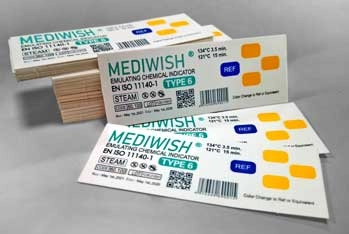Sterilization indicators
Sterilization indicators
Sterilization indicators
Sterilization indicators
18 October 2023
Sterilization indicators
Sterilization indicators
Sterilization indicators
20 March 2023
Sterilization indicators
4 April 2022
Sterilization indicators
14 February 2021
Sterilization indicators
14 February 2021
Sterilization indicators
28 September 2018











